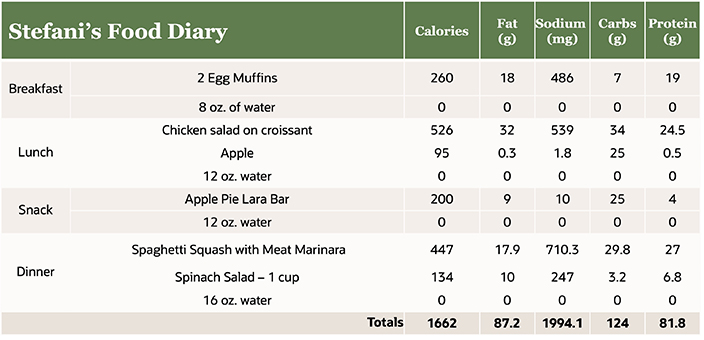
Stefani Anderson is a 26-year-old high school health teacher and soccer coach. She enjoys her summers off and can often be found hiking through trails at a nearby park or playing tennis with her friends. She is very active, eats healthy and loves being outdoors – sometimes she spends all day outside. Below is a one day snapshot of her food choices.
During her childhood, Stefani was often swimming at the pool or playing outside. Each year she and her friends started the summer with severe sunburns, but by summer’s end, those burns were few and far between. Of course, they would start all over the next year — a pattern that has continued throughout Stefani’s life.
As an adult, Stefani still maintains her “healthy” glow by coaching soccer, sunbathing at the pool in the summer and visiting a tanning salon a few times each month in the winter.
A year ago, Stefani’s roommate, Alicia, noticed a dark spot on Stefani’s back when they were at the pool. The area was about the size of a pencil eraser and mostly black, but with some red lines around it. It was irregular in shape, unlike other moles she already had. Stefani had not noticed it before because it was in a location that was tough to see.
Stefani knows that with her fair skin she should use sunscreen when she’s outside, but she assumes her clothing and cloud coverage prevent her from getting too much sun. She also tries to run or ride her bike early in the morning when the sunlight is not as intense.
Stefani is aware that sun exposure can lead to melanoma. In her health class, she teaches her students how to look for changes in moles — the ABCDEs of melanoma detection. But she, like her students, is convinced that melanoma will not affect her for years to come, if ever. She often tells the story of her grandfather, a farmer, who had a spot of melanoma on his hand removed at the age of 65 and is still alive fifteen years later. Stefani hopes that when her students are in their 50s, if they see a suspicious mole, they will remember what she taught them in health class.